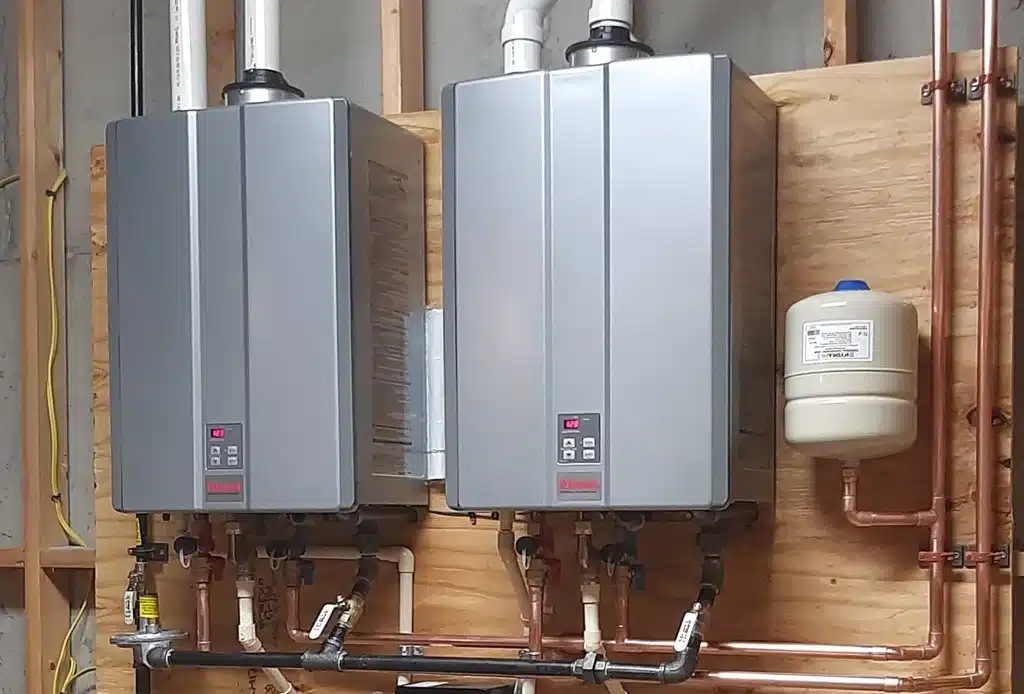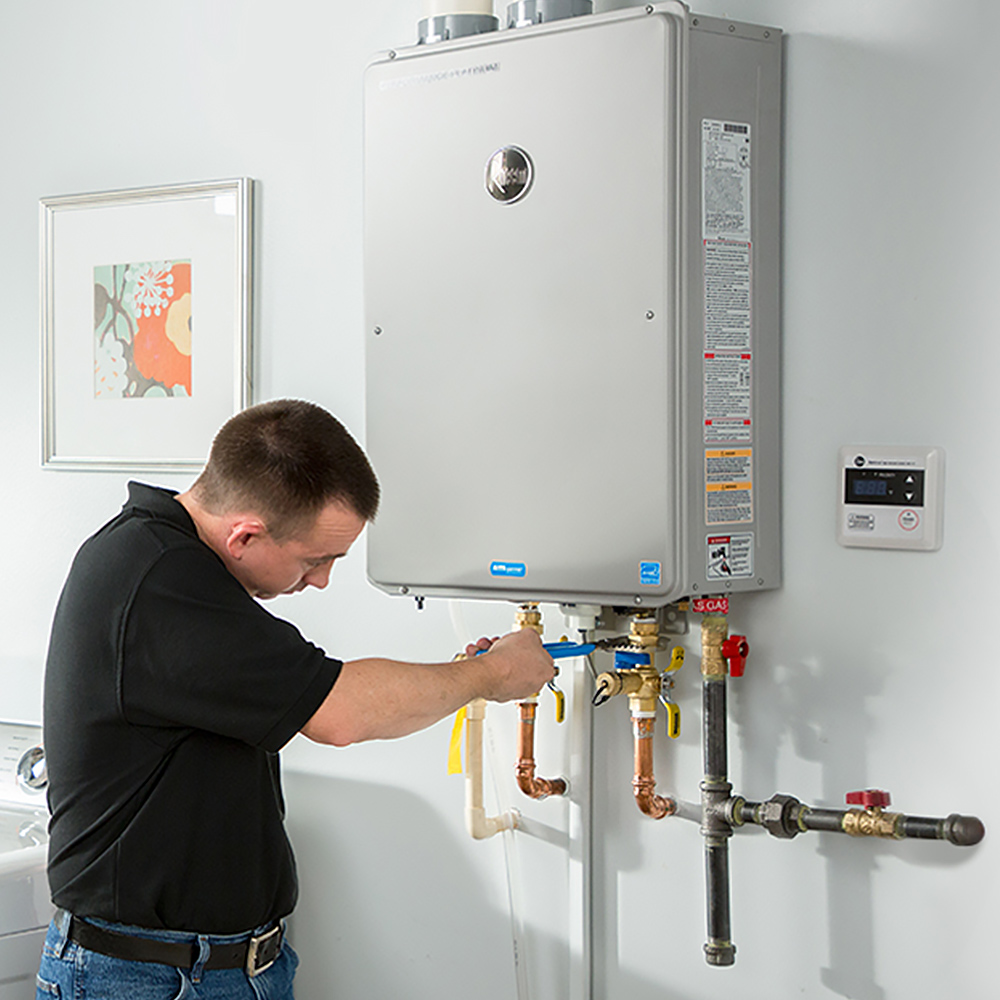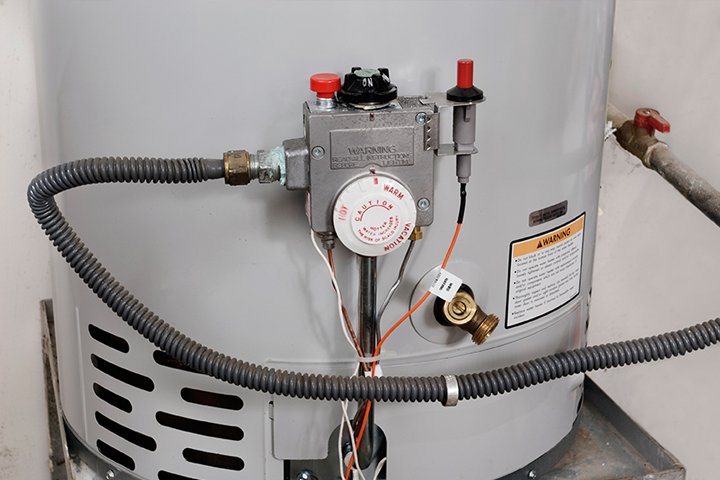Full Overview to Water Heating UnitInstallment and Replacement
Comprehending the ins and outs of water heating system installation and replacement is vital for property owners seeking to guarantee performance and reliability in their warm water supply. From choosing the ideal type and dimension to executing a seamless setup procedure, numerous aspects have to be considered to avoid typical risks. This overview will certainly give you with the necessary steps and insights to browse the intricacies of this home renovation job, while also emphasizing crucial maintenance practices that can prolong the life of your system. As you explore these elements, you may discover yourself reassessing your current setup and recognizing areas for enhancement.
Kinds Of Hot Water Heater
When thinking about water heater installation and substitute, it is necessary to recognize the various sorts of water heating systems readily available on the market. One of the most common kinds include container hot water heater, tankless hot water heater, heat pump water heating systems, and solar hot water heater.
Container water heating units are traditional systems that keep a details quantity of warm water, making them conveniently available when required. In comparison, tankless water heating units give hot water on need, removing the need for storage space.
Warmth pump water heaters use electricity to transfer heat from the air or ground to warmth water, offering considerable power financial savings but requiring even more area and certain installment conditions. Solar water heating units harness solar energy to warm water, giving an environment-friendly alternative with possible lasting expense financial savings, although they usually require a backup system for cloudy days.
Comprehending these alternatives ensures notified choices regarding setup and substitute, catering to details demands and choices.
Choosing the Right Dimension
Choosing the suitable dimension for a water heater is important to guarantee optimal efficiency and effectiveness. An unit that is also little will battle to satisfy household demands, causing irregular warm water accessibility and increased power usage. Conversely, a large water heater can lead to unnecessary energy waste and greater utility bills.
To determine the ideal size, take into consideration the home's peak warm water usage. This can be computed based on the variety of residents and their normal warm water demands. A household of 4 may need a water heater with a capacity of 50 to 80 gallons, depending on the use patterns, such as simultaneous showers and laundry.
In addition, analyze the healing price, which measures how swiftly a heating system can replenish warm water after it has actually been made use of. For tankless designs, concentrate on the circulation rate, measured in gallons per min (GPM), to ensure it fulfills the household's simultaneous demand.

Setup Refine Summary

Next, the old device has to be detached and gotten rid of, taking treatment to follow neighborhood codes and policies concerning disposal. When the old unit is out, the brand-new hot water heater can be placed in position. This step includes linking the water supply lines, making certain that all installations are safe and secure and leak-free.
After developing water connections, it's necessary to link the power supply, whether electrical or gas, complying with the supplier's directions thoroughly. Once all links are made, the system should be filled up with water, and the power can be turned back on. It's vital to check for leakages and make certain the water heating system is working appropriately prior to completing the setup procedure.
Typical Setup Errors

Another regular error is neglecting to adhere to neighborhood codes and laws. Falling short to stick to these standards can not only lead to safety and security hazards but might additionally result in expensive penalties or the need for costly reinstallation.
Falling short to safeguard connections or utilizing the wrong type of installations can lead to leaks and water damages. By staying clear of these usual setup errors, property owners can ensure their water heating system operates safely and successfully, making best use of efficiency and durability.
Maintenance Tips for Longevity
Proper maintenance of a hot water heater is vital for its longevity and ideal efficiency. Routine assessments and maintenance can prevent expensive repair work and expand the device's life-span. Begin by checking the temperature level setting; it must generally be established between 120 ° F and 140 ° F for optimum energy effectiveness and security.
Every six months, flush the tank to get rid of sediment accumulation, which can harm home heating effectiveness and cause corrosion. To do this, shut off the heating unit, connect a hose pipe to the drainpipe valve, and allow the water run until look at here now it is clear.
Anode rods need to be examined every year and replaced when they are rusted. These poles aid protect against storage tank deterioration by bring in corrosive aspects in the water.
In addition, examine the stress safety valve consistently to ensure it is functioning properly. This valve is crucial for preventing excessive pressure accumulation within the container.
Last but not least, consider arranging an sites expert upkeep check every couple of years for detailed assessments and servicing. By adhering to these maintenance suggestions, house owners can dramatically boost the effectiveness, safety, and lifespan of their hot water heater, ensuring dependable hot water for several years to come.
Conclusion
In final thought, proper installment and upkeep of water heaters are critical for guaranteeing efficiency and longevity. By understanding these vital aspects, property owners can attain a trustworthy hot water supply while reducing prospective concerns connected to water heating unit operation.
Understanding the details of water heating system installment and substitute is vital for home owners looking for to guarantee performance and integrity in their warm water supply.Tank water heating units are conventional systems that keep a details quantity of hot water, making them easily offered when required. In comparison, tankless water heating systems offer hot water on need, getting rid of the requirement for storage space. Selecting a water heating unit that is either also small or too huge can lead to ineffectiveness, resulting in poor hot water supply or excessive energy usage.
By recognizing these necessary elements, property owners can accomplish a dependable warm water supply while reducing prospective problems associated to water heating system procedure. gas leak repair.